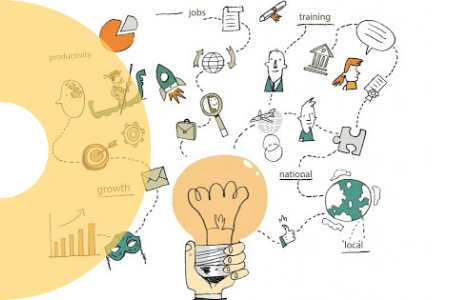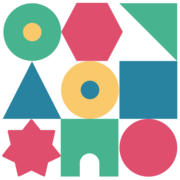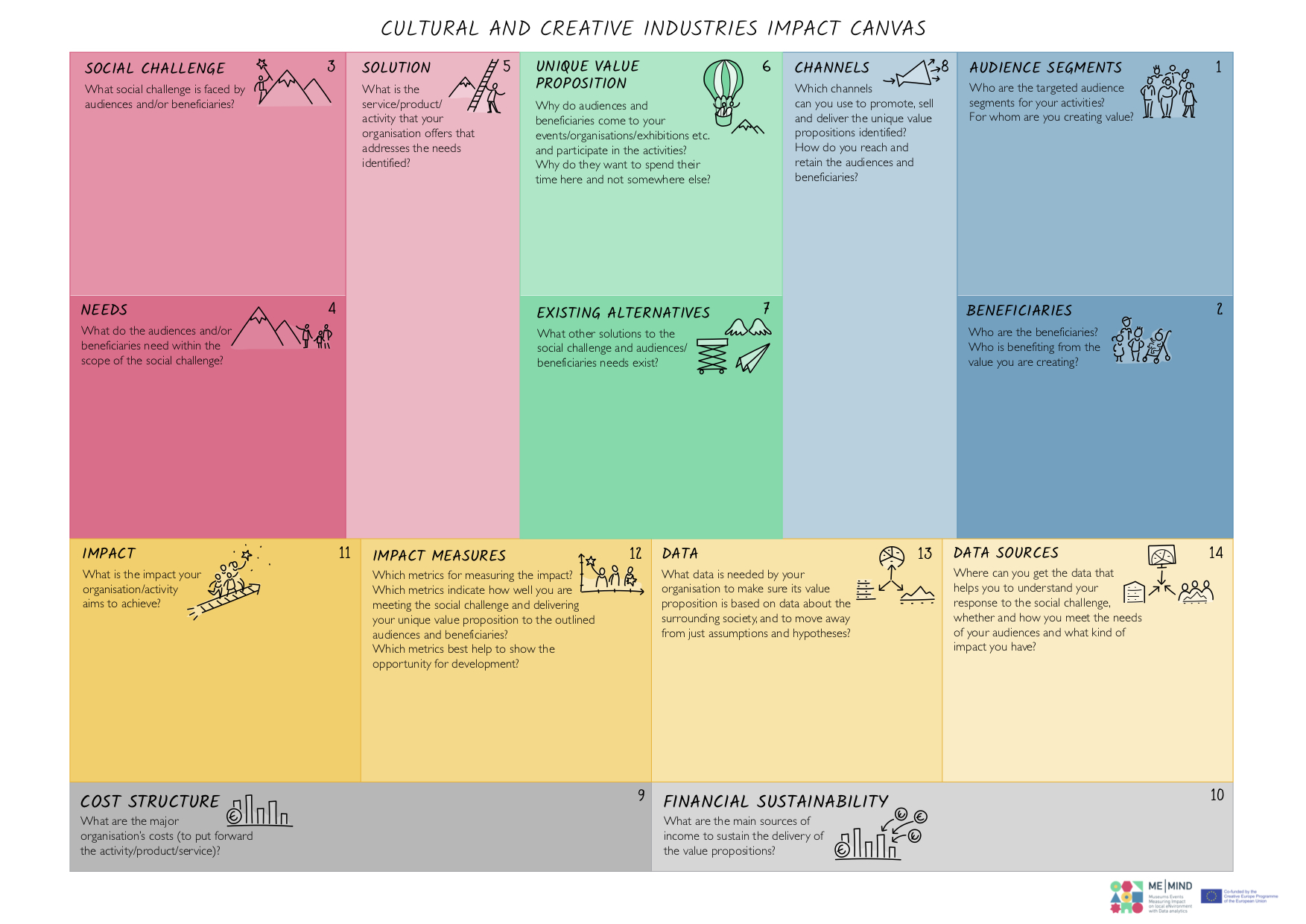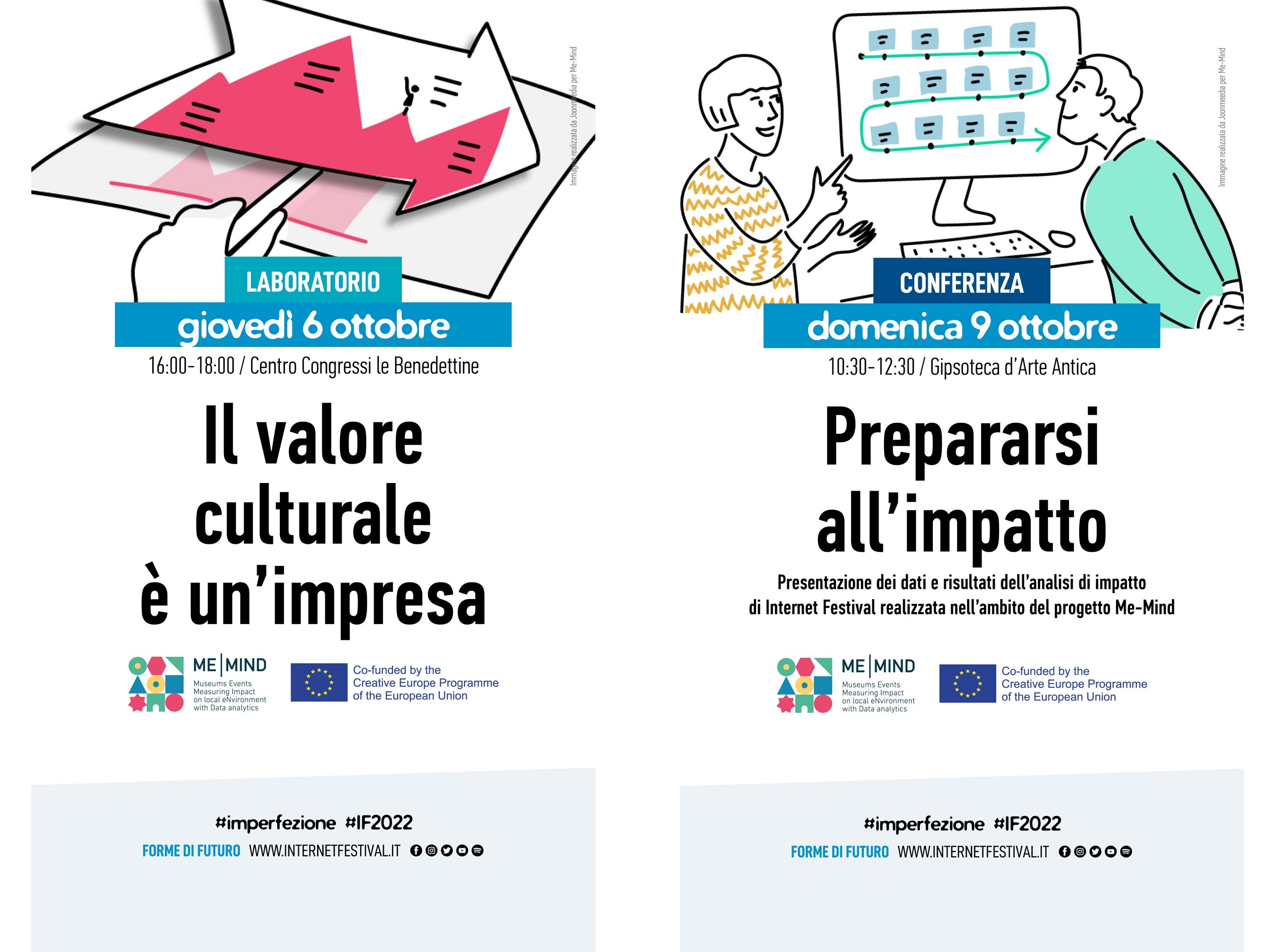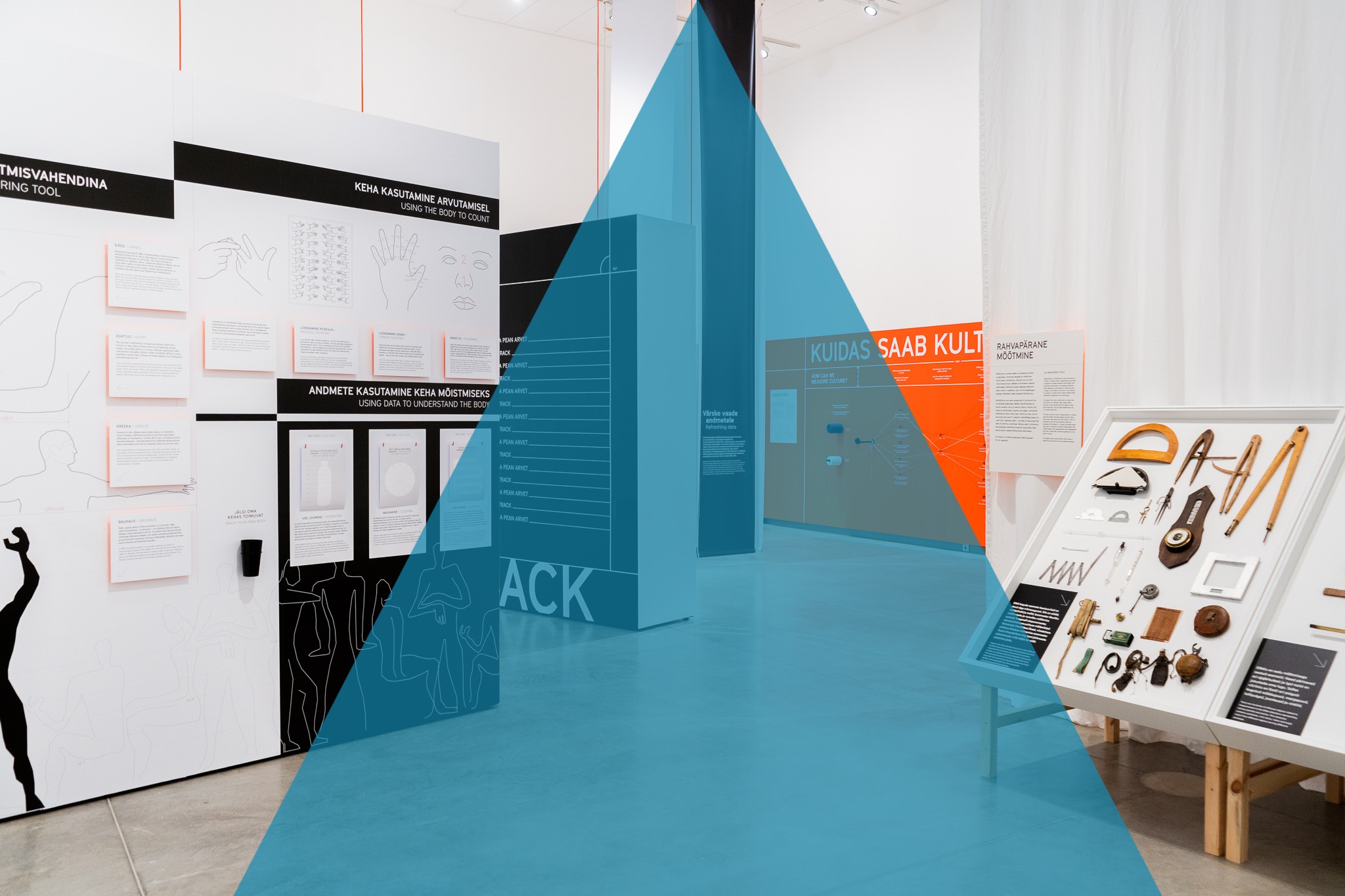Making culture count is the highest mission of Me-Mind. The Me-Mind project has as its main objective to assess, highlight and promote the value produced by Cultural and Creative Industries (CCIs); with this project we have taken up the challenge of measuring the socio-economic impact of cultural outputs in order to show it to the public and to inform decision making of national authorities and investors, besides than offering a business model for CCIs based on data-driven decisions.
In order to build a framework for impact assessment of CCIs we have departed from the experience of Me-Mind project’s use cases, the Eastonian National Museum (ENM) based in Tartu and the Internet Festival (IF) that takes place in Pisa and is organised by Fondazione Sistema Toscana. These two institutions have been long into the cultural scene of their countries with thousands of visitors each year and high levels of popularity. Basic data on participants and on economic aspects had been collected across the years both by IF and ENM and combined in their own yearly activity reports.
On these premises, partners have developed reflections on the relevance of available data, on how to use it, how to systematize it and how to generalize the information available in a dataset to be used also in other contexts. They have also reflected upon the need to collect new data and elaborate new methodologies that could be able to gauge CCIs impact. An important common point agreed by Me-Mind partners, which represent the two use cases, has been the necessity to develop an easy-to-use framework for small scale CCIs and that could be sustainable in terms of data collection, elaboration and reproduction across the years; a framework that can be replicable without major efforts, that could be kept in an organization’s toolbox as a straightforward and simple programming and evaluation instrument.
The partners involved in this phase of the project, the Estonian National Museum and Fondazione Sistema Toscana together with the University of Pisa have been engaged in in-depth discussions on the use cases’ needs’ assessment in relation to the aspects defined as a priority for data collection and research. In order to identify areas of investigation for the assessment, the project’s partners have moved from the indicators developed by UNESCO as a key reference for measuring the socio-economic impact of CCIs.
The UNESCO Culture for Development Indicators is a useful policy and advocacy framework for assessing how the culture contributes to development at the national level. This tool has been defined in 2014 by UNESCO as “an innovative methodology that demonstrates culture’s multidimensional role in national development processes through facts and figures”. In fact the aim of the indicators is to give evidence of the crucial role of culture in development: it fosters economic and social progress and at the same time it plays as “an enabler” of development since social interventions are more effective if they take place in the cultural contexts of people’s lives.
The UNESCO Culture for Development Indicators, which have been implemented and tested in 11 countries worldwide, is a matrix containing 22 core indicators, covering 7 key policy areas: Economy, Education, Governance, Social participation, Gender equality, Communication and Heritage.

Out of these dimensions additional questions were identified, which did not necessarily fall into the UNESCO 7 categories more related for example to the perception that citizens have towards the cultural happenings, or the motivations behind the participation at the cultural activities, or the audience impact (e.g. personal development, empowerment, inspiration).
Most of these questions are in common for both case studies and thought as applicable to other CCIs, other questions are more specific to one use case.
Once the research questions were selected, Fondazione Sistema Toscana and the Estonian National Museum started working together to identify more specific aspects to be researched in order to produce our own indicators’ matrix. Building on those indicators that are relevant both for IF and ENM, the matrix is aimed at producing an impact assessment framework that could be applicable mostly to small scale creative and cultural businesses.

